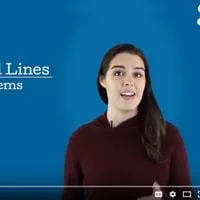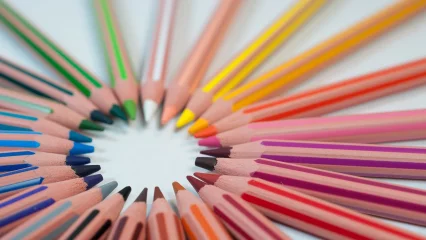The GMAT scratch paper is not really paper. It’s a pad of five sheets of laminated grid paper that you write on with a marker. You can’t erase anything you write and if you run out of space you need to ask a proctor for a new pad. This is a pretty unusual setup, but you can make the best of it with a simple strategy.
Use the grid lines to your advantage! There are obvious uses to having grid lines – drawing graphs, shapes, even double matrices. However, there are several other key uses. One of them is boxing off your work. When you finish with the problem, use the grid to draw lines around the work that you’ve done. This makes it easy to tell which information goes with which problem and helps you not to get lost in your notes.
Check out: How to Select a GMAT Preparation Course
You can also use the grid lines to stay organised. For example, you can write the letters of the answer choices, so A to E in 5 different squares. Then, as you work through the process of elimination, you can cross off the letters. For reading comprehension you can use new lines to separate short paragraph summaries. Tricks like this will make sure you don’t mix up where different information is coming from within each problem.
Check out: The Best Apps for Business School Admission
The grid lines are also helpful to keep your work neat. Simple moves such as writing between the lines, using a horizontal line to centre your fractions, or using a vertical line to centre your equations can help keep your notes easy to interpret. A side benefit is that it keeps your work compact, so you won’t need to request a new scratch pad in the middle of the section. Because you are not able to erase your work on the scratch pad, it’s very important to use only the right information on it. Of course, none of this is helpful if you don’t follow the general principle of writing down what you know.



